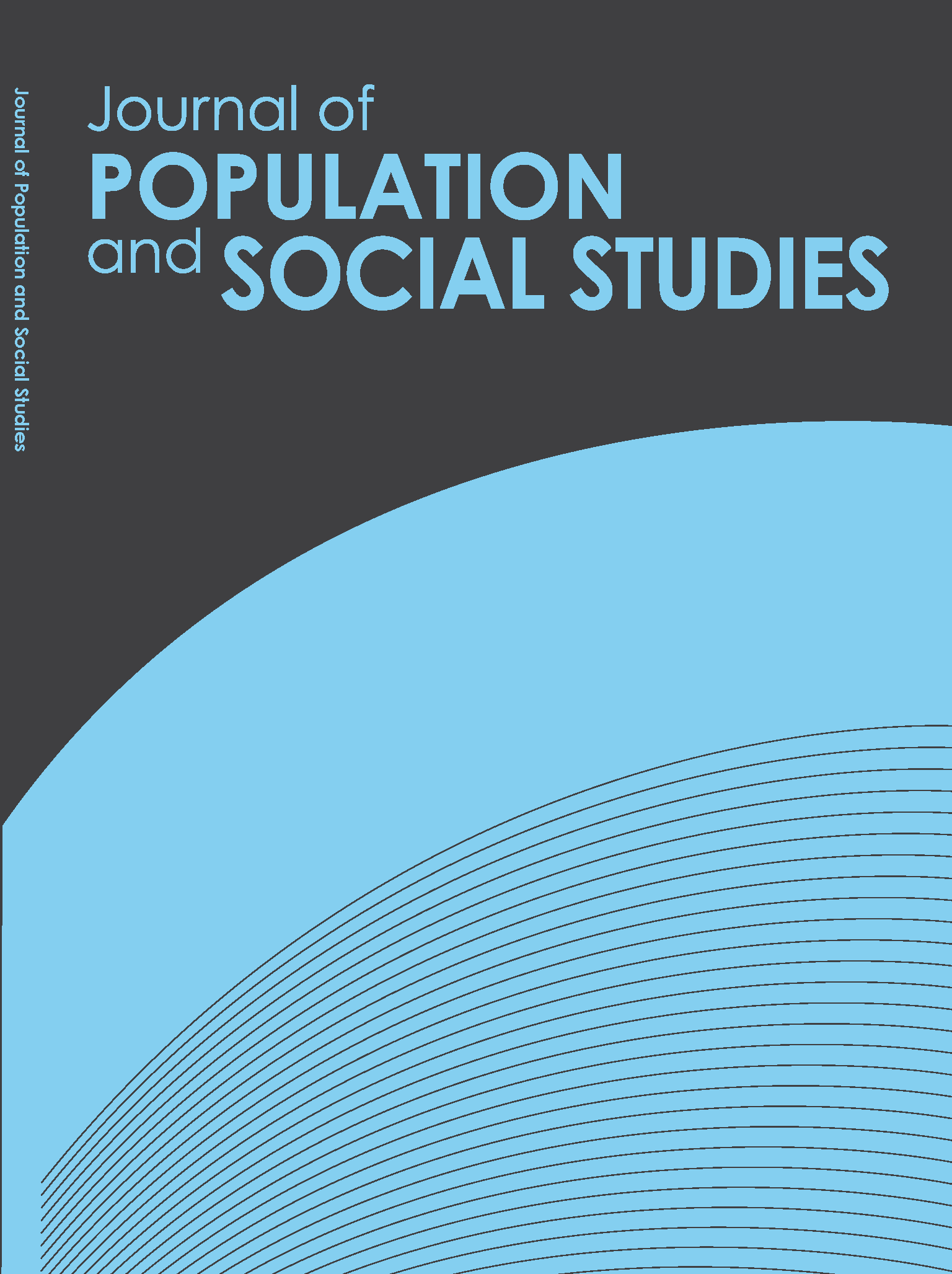Migration and Mate Selection: How does Migration Support Marrying Out?
Main Article Content
Abstract
Building upon the life course perspective together with the marriage market approach, this study argues that migration is a potential means in improving individuals’ marriage market. The analysis employs life history data in 2000 of the Nang Rong project with an event history method to understand how migration that occurs over the life course alters the spouse selection. The focus is on whether individuals marry spouses within or outside their place of origin. Three measures of migration experience
are explored, ever moved outside Isan, cumulative number of times moved outside Isan, and cumulative length of stay outside Isan. Migration experience by destination (Bangkok, the Eastern Seaboard, or other provinces) is also captured. The results are robust. Across genders and measures of migration experience, migration encourages individuals to marry out over marrying in and over staying single. Migration, however, delays individuals from getting married rather than to marry in. The findings also point out that destination matters. Experience moving to Bangkok is most important for predicting to whom migrants are married, while experience in the Eastern Seaboard is considerable for migrant women, but not for migrant men.


